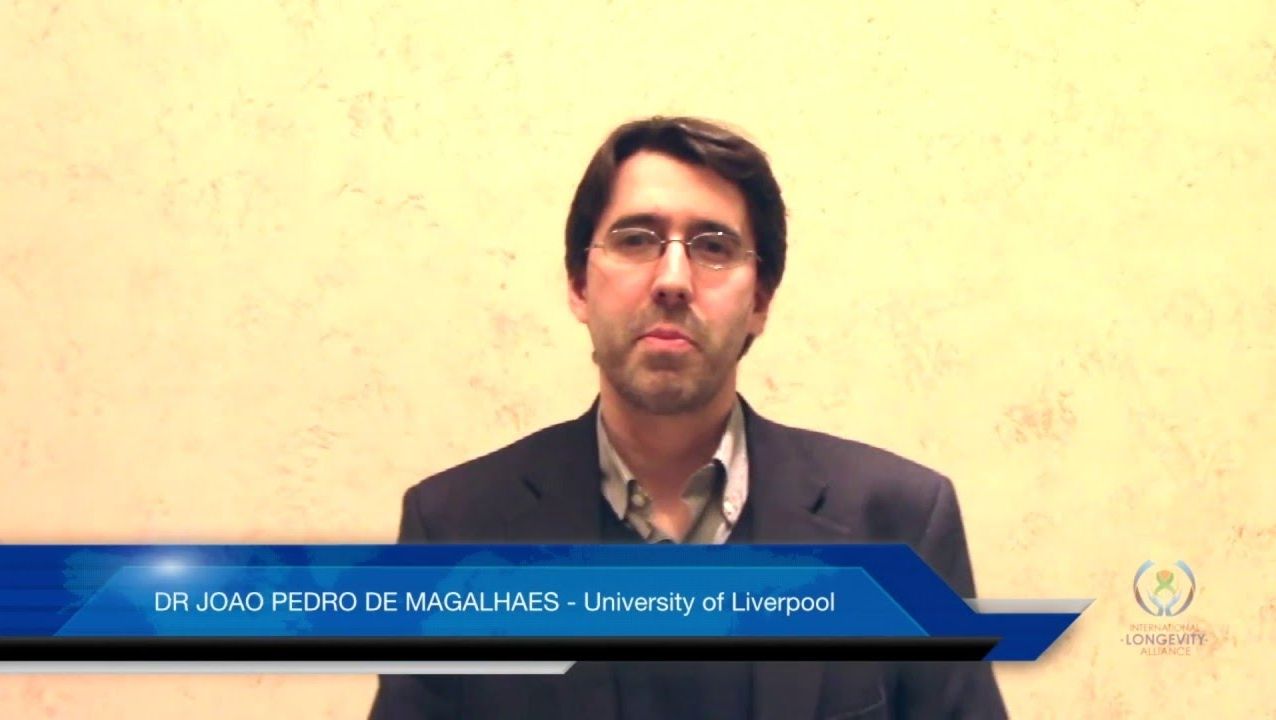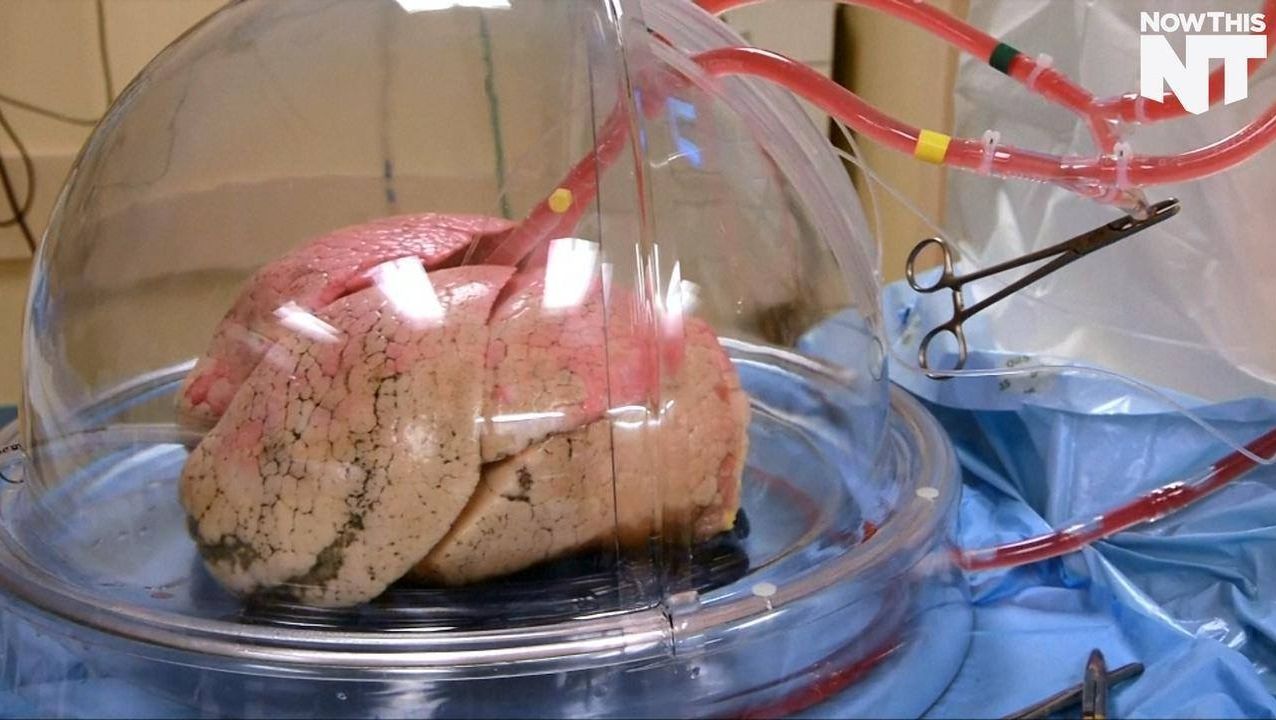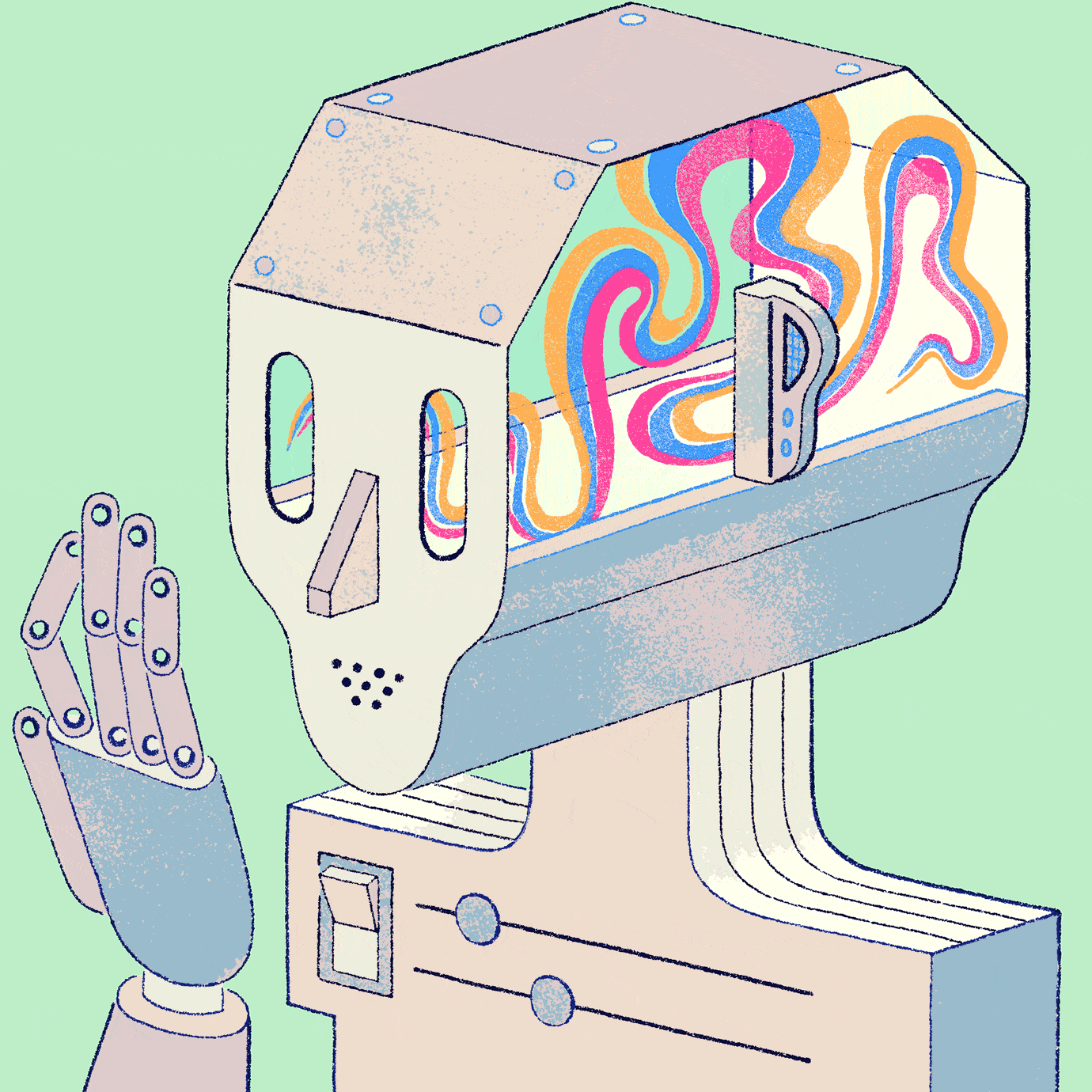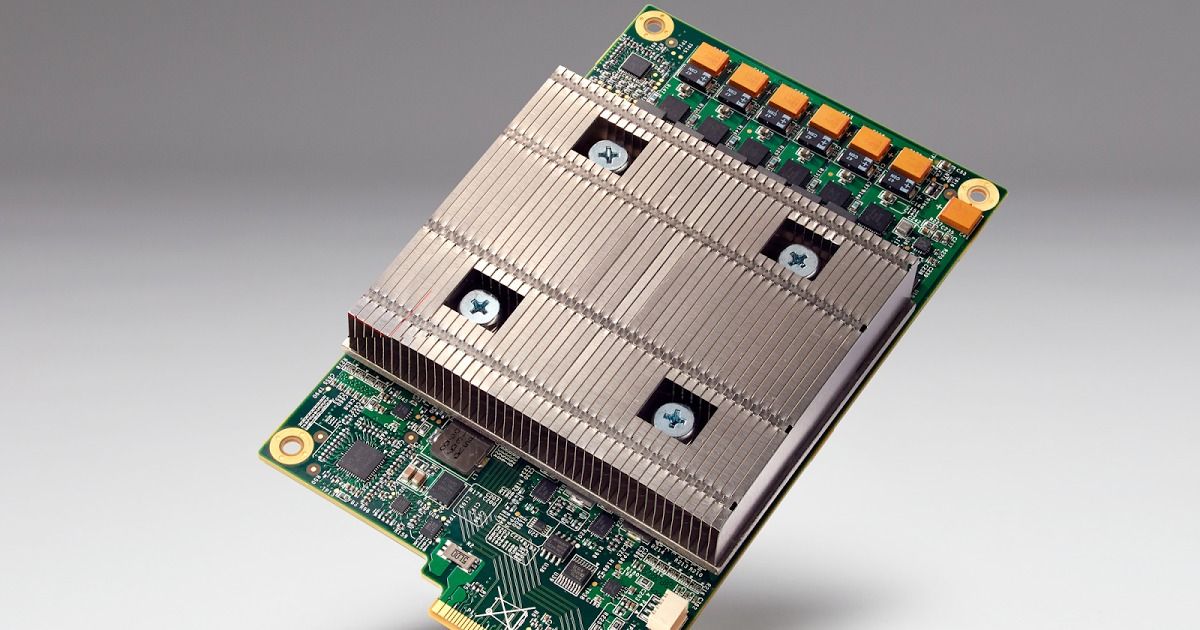Page 11143
May 19, 2016
Inside Vicarious, the Secretive AI Startup Bringing Imagination to Computers
Posted by Shailesh Prasad in categories: computing, robotics/AI
By reinventing the neural network, the company hopes to help computers make the leap from processing words and symbols to comprehending the real world.
May 19, 2016
This Is Our First Good Look at Uber’s Self-Driving Car
Posted by Shailesh Prasad in categories: engineering, robotics/AI, transportation
In a blog post today, Uber showed off the self-driving car that’s been stealthily cruising around Pittsburgh. The car is a hybrid Ford Fusion and is currently in early stages of safety testing. This particular Uber test vehicle was first spotted almost a year ago by local Pittsburgh media, but this is Uber’s first acknowledgement of such tests.
Uber and Google (among others) have been racing to be the first to develop self-driving taxis for over a year now. Uber “cleaned out” Carnegie Mellon and the National Robotics Engineering Center to be part of its Advanced Technology Center in Pittsburgh, the research arm responsible for developing this “look ma, no hands” technology. This heavy hiring out of Carnegie Mellon could give Uber a big boost. The Pittsburgh-based university considers itself the birthplace of self-driving cars, and it probably is. CMU researchers were testing autonomous vehicles before Google even existed.
In March, Uber also joined a coalition, this time in partnership with Google, to advocate for self-driving adoption.
Continue reading “This Is Our First Good Look at Uber’s Self-Driving Car” »
May 19, 2016
Theorists smooth the way to modeling quantum friction: New paradigm offers a strategy for solving one of quantum mechanics’ oldest problems
Posted by Karen Hurst in categories: chemistry, computing, nanotechnology, particle physics, quantum physics
Princeton’s answer to Quantum friction.
Abstract: Theoretical chemists at Princeton University have pioneered a strategy for modeling quantum friction, or how a particle’s environment drags on it, a vexing problem in quantum mechanics since the birth of the field. The study was published in the Journal of Physical Chemistry Letters.
“It was truly a most challenging research project in terms of technical details and the need to draw upon new ideas,” said Denys Bondar, a research scholar in the Rabitz lab and corresponding author on the work.
Quantum friction may operate at the smallest scale, but its consequences can be observed in everyday life. For example, when fluorescent molecules are excited by light, it’s because of quantum friction that the atoms are returned to rest, releasing photons that we see as fluorescence. Realistically modeling this phenomenon has stumped scientists for almost a century and recently has gained even more attention due to its relevance to quantum computing.
May 19, 2016
MMTP — Major Mouse Testing Program — Interview with Joao Pedro de Magalhaes
Posted by Steve Hill in category: life extension

Crowd funding interventions against aging, an update from lifespan.io
New updates from the MMTP Campaign: a mini-interview with Dr. Joao Pedro de Magalhaes of Liverpool University where he discusses the importance of animal studies, and the release of a short version of the MMTP study proposal to provide more details on the planned experiments. For more information check out the “Updates” tab on the campaign here: https://www.lifespan.io/campaigns/the-major-mouse-testing-program/ #CrowdfundTheCure #LifespanIO
May 19, 2016
The Future Is Now for the Transhumanist Party
Posted by Zoltan Istvan in categories: genetics, geopolitics, robotics/AI, transhumanism
This new SF Weekly story is one of the best long features on transhumanism I’ve ever read. It covers a myriad of futurist subjects. It’s out in print today too.
When John Lennon released “Imagine” in 1971, his lyrics about a brotherhood of man living life in peace struck many people as a simple, even anodyne, response to the Vietnam War. Although politically liberal, Lennon was no doctrinal Marxist — only three years earlier, his song “Revolution” had shrugged off people who “go carrying pictures of Chairman Mao.” But the song struck many evangelical Christians as ghoulish, and for some, “Imagine” eventually came to be a sort of national anthem for the repressively secular, globalist state that was thought to be emerging: the anti-Christian New World Order that later became talk-radio conspiracy theorist Alex Jones’ fever dream.
Left Behind, a series of 16 books written between 1995 and 2007 that details a possible end-of-the-world scenario, starting from when all good Christians go to heaven in an instant (the Rapture) until the Second Coming of Jesus Christ, specifically calls out “Imagine” as a weapon in Satan’s arsenal of seductive propaganda. The Antichrist in Left Behind is a suave, cosmopolitan Romanian named Nicolae Carpathia — the product of the fused sperm of two gay atheist academics, as it happens — who uses the global confusion in the aftermath of the Rapture to become Secretary General of the U.N. and eventually dictator of a world government that tattoos its citizens with the Mark of the Beast, damning them for eternity.
Continue reading “The Future Is Now for the Transhumanist Party” »
May 19, 2016
eBay launches a world-first virtual reality department store — By Ariel Bogle | Mashable
Posted by Odette Bohr Dienel in categories: business, virtual reality
“Partnering with Australian retailer Myer, eBay launched what it called the world’s first virtual reality department store …”
May 19, 2016
Hiding From Hostile Space Aliens Is No Longer An Option
Posted by Bruce Dorminey in categories: alien life, entertainment
Advocates of Active SETI say it’s better to put our best foot forward first, before E.T. gets the wrong idea about us from shock jocks and reality TV. As in politics, define ourselves before someone else does it for us. Plus, they contend, they’d already know we’re here anyway.
Two new separate groups of scientists now want to send coded radio messages into the cosmos in hopes of deliberately attracting the attention of intelligent space aliens. Known as Active SETI (Active Search for Extraterrestrial Intelligence), it’s arguably no safer to entice unknown offworlders into our planetary living room than to invite total strangers in for coffee and crullers.
But even if they are totally unsavory, it’s highly likely that an interstellar civilization would already be picking up our electromagnetic leakage and therefore already know we’re here, Douglas Vakoch, President of the San Francisco-based non-profit METI (Messaging Extraterrestrial Intelligence) International, told me.
Continue reading “Hiding From Hostile Space Aliens Is No Longer An Option” »
May 18, 2016
Google supercharges machine learning tasks with TPU custom chip
Posted by Klaus Baldauf in categories: computing, robotics/AI
Posted by norm jouppi, distinguished hardware engineer, google.
Machine learning provides the underlying oomph to many of Google’s most-loved applications. In fact, more than 100 teams are currently using machine learning at Google today, from Street View, to Inbox Smart Reply, to voice search.
But one thing we know to be true at Google: great software shines brightest with great hardware underneath. That’s why we started a stealthy project at Google several years ago to see what we could accomplish with our own custom accelerators for machine learning applications.
Continue reading “Google supercharges machine learning tasks with TPU custom chip” »
May 18, 2016
Antarctic Ice Melt May Be Worse Than Scientists Thought
Posted by Sean Brazell in category: sustainability
The study, published in the journal Nature, relies on data on past ice levels of the Totten Glacier in East Antarctica to evaluate the rate of melting. Without intense efforts to stem man-made global warming, the glacier’s melting process could cross the point of no return within the next 100 years, according to report. The result would add more than 6.6 feet (2 meters) of sea level rise over the coming several centuries, in addition to several feet of rise from other sources.
“The evidence coming together is painting a picture of East Antarctica being much more vulnerable to a warming environment than we thought,” said study author Martin Siegert, an Imperial College London researcher, in a press release. “This is something we should worry about.”
Read More: See How Your City May Be Affected by Rising Sea Levels.
















